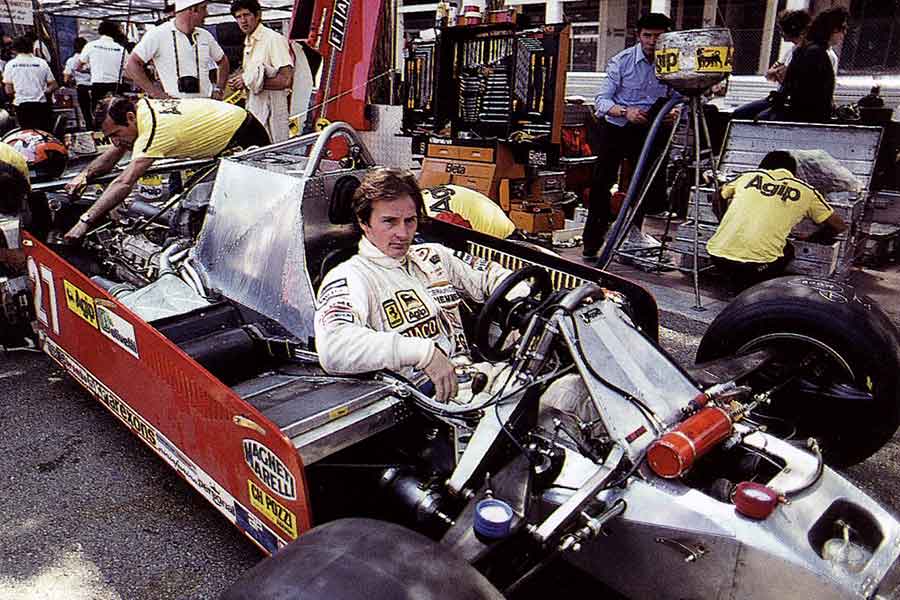https://automobilist.com/magazine/colin-chapman-storyChapman claimed to get his best ideas lying in the bath, which is pertinent as he is credited with inventing the reclined driver position that is still the norm in F1 today. The first car featuring this radical change was the ground breaking 1962 F1 car, the Lotus 25. At the time, the usual driving position was far more upright, a hangover from the days when the driver had to see over the front-mounted engine. But in this age of mid-engined F1 cars, that was no longer necessary.
Which makes sense, and obviously they have returned to this lying down position in modern day F1 cars from the late 1980's to present.
But then why did the drivers become placed more upright again in the 1970's and early 80's before being reclined again in the late 90's?
1960's F1 car:


1970's F1 car:

1980's F1 car:

The driver is more upright in the 70's and early 80's cars, presuming raising the centre of gravity which is presumably not desirable.
Despite the Tyrrell being fitted with the same Cosworth DFV engine as the Lotus 49, with presumably the engine having the same profile and therefore same potential for the driver to be reclined similarly. I do see that the 1978 Tyrrell has taller intake trumpets than on the original Lotus 49 installation, but that hardly seems a reason to sit the driver more upright!
Could it be something to do with the very small front tyres (compared to rear) necessity a very rearwards weight distribution, and hence a very short wheelbase? Unlike the mid-60's when the stagger between the front and rear tyres was smaller?
